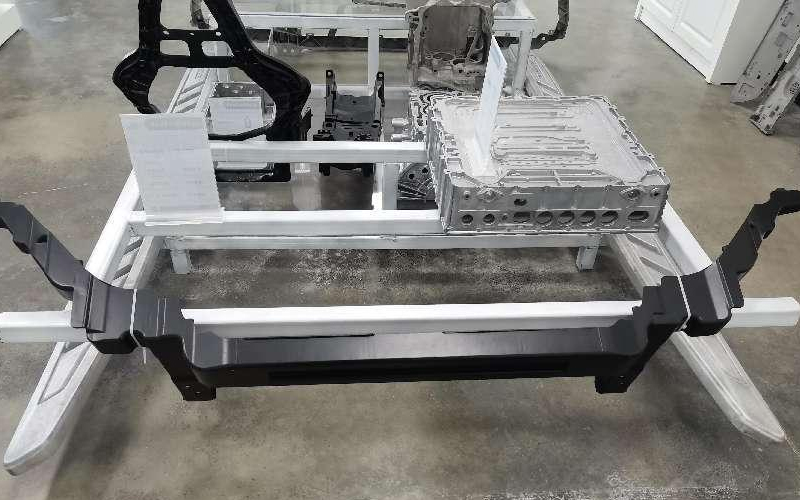Introduction
Aluminum die casting is a widely used manufacturing process that involves injecting molten aluminum into a mold cavity under high pressure. The quality of the die casting mold plays a crucial role in determining the overall success and efficiency of the process. This guide aims to provide valuable insights and tips for creating high-quality aluminum die casting molds, ensuring optimal results and customer satisfaction.
Understanding the Requirements
Before diving into the mold creation process, it is essential to have a clear understanding of the specific requirements and parameters of the desired aluminum die casting product. This includes factors such as size, shape, surface finish, and dimensional tolerances. Carefully analyzing these requirements will enable mold designers and manufacturers to create a mold that meets the exact specifications, leading to a high-quality end product.
Designing for Manufacturability
Designing a mold that is easy to manufacture is crucial for achieving high-quality results. By considering factors such as parting lines, draft angles, wall thickness, and gating systems during the design stage, designers can ensure that the mold is efficient and cost-effective to produce. Simultaneously, incorporating features like proper cooling channels and ejector systems will improve the mold’s performance and longevity.
Material Selection
Choosing the right material for the die casting mold is critical for its success. The mold material must possess excellent thermal conductivity, high wear resistance, good machinability, and the ability to withstand high temperatures and pressure. Commonly used mold materials for aluminum die casting include H13, H11, and 8407. Selecting the appropriate material will contribute to the mold’s durability, dimensional stability, and overall quality.
Machining Techniques
The machining techniques employed during the mold creation process significantly impact the final quality of the product. Utilizing advanced machining technologies, such as computer numerical control (CNC) milling and electrical discharge machining (EDM), ensures precise and accurate mold dimensions. Additionally, employing high-quality cutting tools and maintaining tight tolerances throughout the machining process will further enhance the mold’s quality.
Surface Treatment
The surface finish of the die casting mold directly affects the appearance and quality of the final product. Proper surface treatment techniques, such as polishing, coating, or texturing, should be applied to the mold to achieve the desired surface finish. These treatments help eliminate defects like porosity, flash, or roughness, resulting in a high-quality end product.
Quality Control and Inspection
Implementing stringent quality control measures is essential to ensure that the created aluminum die casting mold meets the required standards. Throughout the manufacturing process, regular inspections should be conducted to identify and rectify any potential issues promptly. This includes inspecting the mold for dimensional accuracy, surface finish, and structural integrity. Additionally, conducting material testing and verification will guarantee that the mold can withstand the high pressures and temperatures associated with the die casting process.

Maintenance and Longevity
Proper maintenance of the die casting mold is crucial for its longevity and consistent production of high-quality products. Regular cleaning, lubrication, and inspection will help prevent mold degradation and extend its lifespan. Moreover, periodic mold refurbishment and repair should be conducted to address any wear or damage that may occur during the production process.
Conclusion
Creating a high-quality aluminum die casting mold requires careful consideration of various factors, from design and material selection to machining techniques and surface treatment. By following this guide and implementing the suggested practices, manufacturers can enhance the overall efficiency, durability, and performance of their molds. Ultimately, investing in high-quality molds will lead to improved productivity, customer satisfaction, and success in the aluminum die casting industry.
-

- سبائك المغنيسيوم thixomolding يموت الصب أجزاء الطائرات بدون طيار
-

- Thixomolding parts & components mobile phone middle board processed
-

- غطاء التحكم في مركز قطع غيار السيارات المصبوب من سبائك المغنيسيوم
-

- سبائك المغنيسيوم Thixomolding السلطة الخليط الإسكان
-

- Magnesium foundry parts Steering column
-

- دراجة رياضية للأطفال ذات جودة عالية

 0086-750-5616188
0086-750-5616188 +86 13392089688
+86 13392089688 sales@zhongmei-tech.com
sales@zhongmei-tech.com







